All Products

November 27, 2024
How to Choose a Differential Pressure Sensor for Your Laboratory
Every second in a lab is a race against time and accuracy. A minor discrepancy in pressure readings can derail an entire project. That’s where a differential pressure sensor becomes your lifeline. It’s not merely a tool; it’s a guardian of precision. Your experiments and outcomes lean heavily on the stability that these sensors provide.
Read More
October 25, 2024
IoT Environmental Monitoring Labs: Smart Solutions for Modern Facilities
Are your laboratory monitoring methods holding you back? Advanced IoT environmental monitoring labs are revolutionizing how facilities maintain critical conditions. At SensoScientific, our laboratory sensor systems provide the automated precision and compliance documentation your facility demands. Understanding Modern IoT Environmental Monitoring Today’s IoT environmental monitoring labs deliver unprecedented control and visibility. Our advanced laboratory sensor
Read More
September 20, 2024
Ensuring Compliance with Temperature Mapping in Pharmaceuticals
Maintaining proper storage conditions for raw materials, in-process products, and finished goods is critical in the highly regulated pharmaceutical industry. Temperature mapping, a key component of GMP (Good Manufacturing Practice) temperature validation, helps ensure that your storage facilities meet strict regulatory requirements. Let’s explore why temperature mapping is essential and how to implement it effectively.
Read More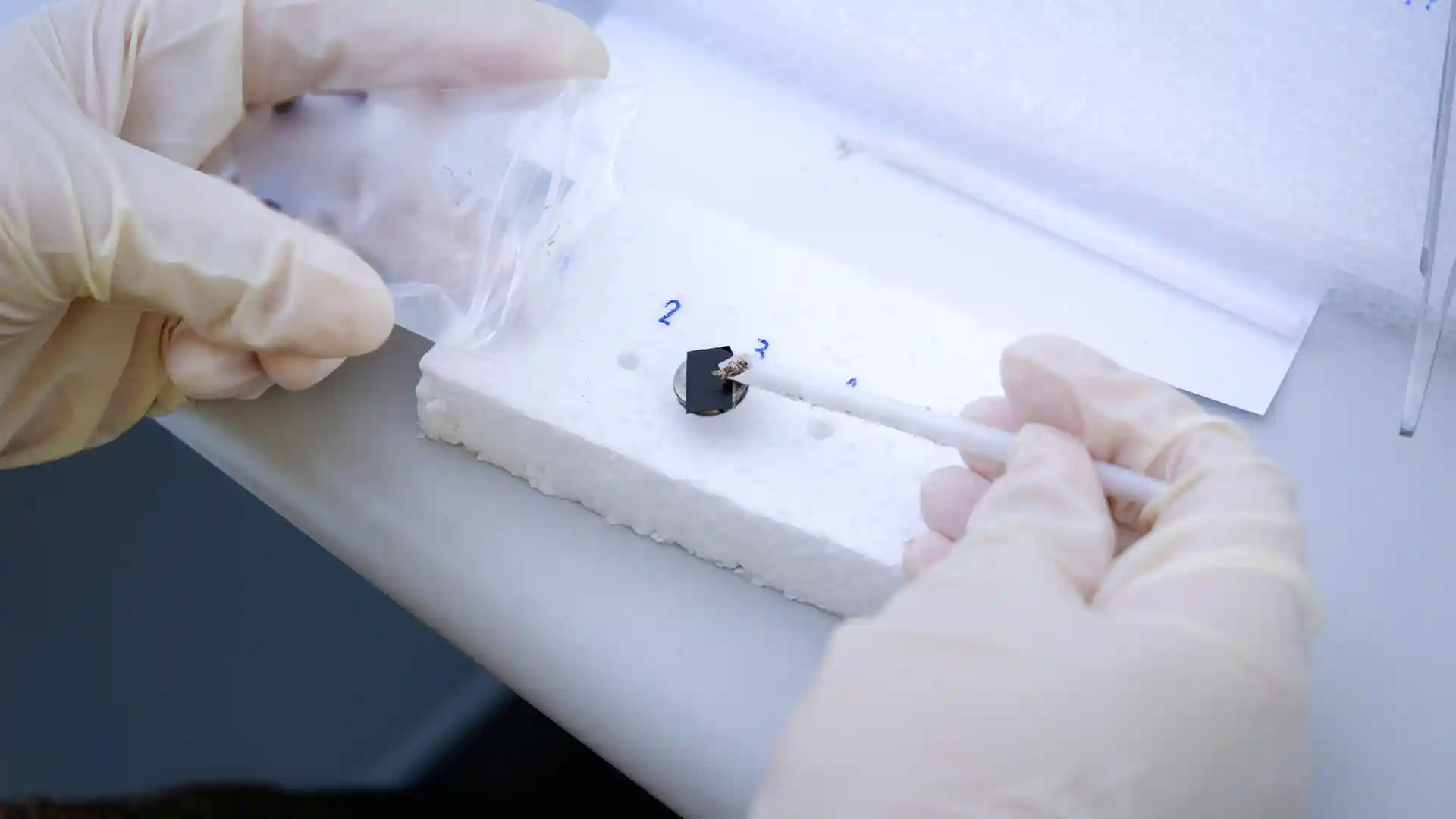
January 25, 2024
How Temperature Probes Work: A Simple Overview
What are Temperature Probes? How Temperature Probes Work: A Simple Overview Temperature probes play an indispensable role across various industries, subtly tucked into processes where precision and accuracy in measuring heat are non-negotiable. These sophisticated instruments range from simple thermocouples to complex resistance temperature detectors, each designed to offer reliable readings essential for quality control
Read More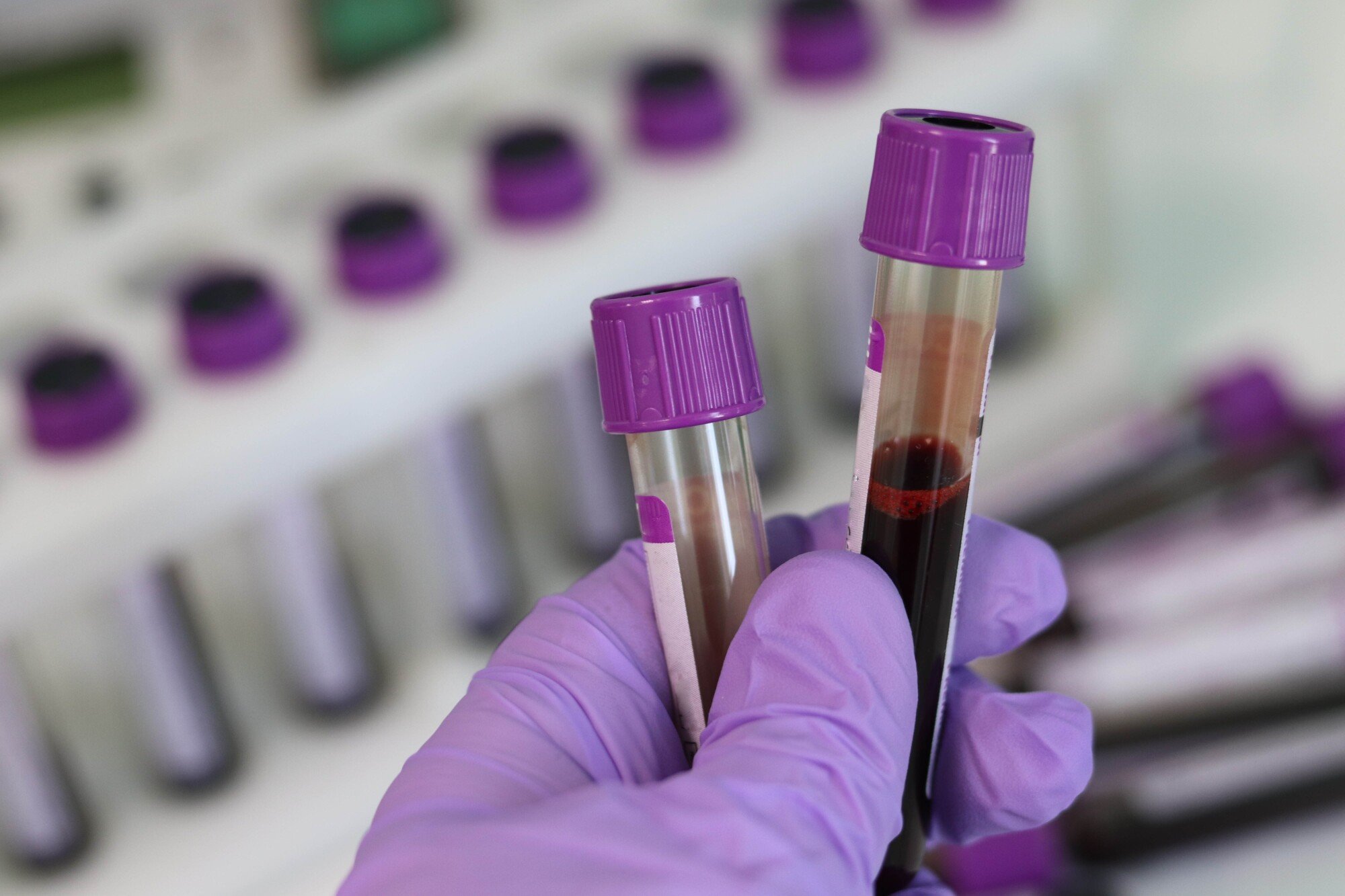
December 15, 2023
Understanding the Impact of Temperature Fluctuations on Laboratory Testing and Results
Picture this: meticulously planned experiments, state-of-the-art equipment, and top-notch researchers all focused on achieving groundbreaking discoveries. Now, what if all that work is compromised by something as seemingly inconsequential as a temperature fluctuation? You’d be stunned at the monumental role that laboratory temperature monitoring plays in the validity of your scientific endeavors. Accurate temperature control
Read More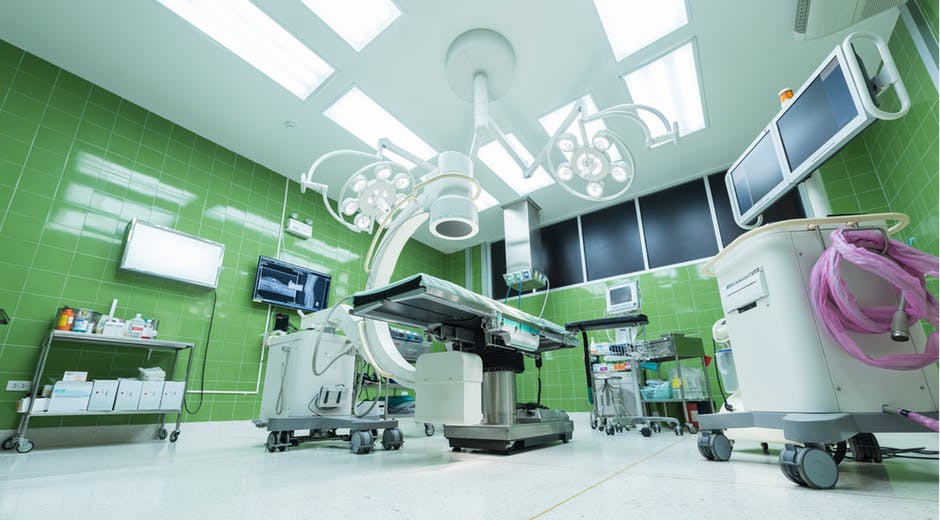
October 3, 2023
Maintaining the Optimal Temperature in Hospital Facilities
The Joint Commission recommends that your hospital maintains a temperature of 72 to 78 degrees F for sterile storage areas. In addition, you should have a maximum relative humidity of 60 percent. The temperature of your building may not be something you think about unless it’s uncomfortably cold or hot. However, maintaining the optimal temperature in your
Read More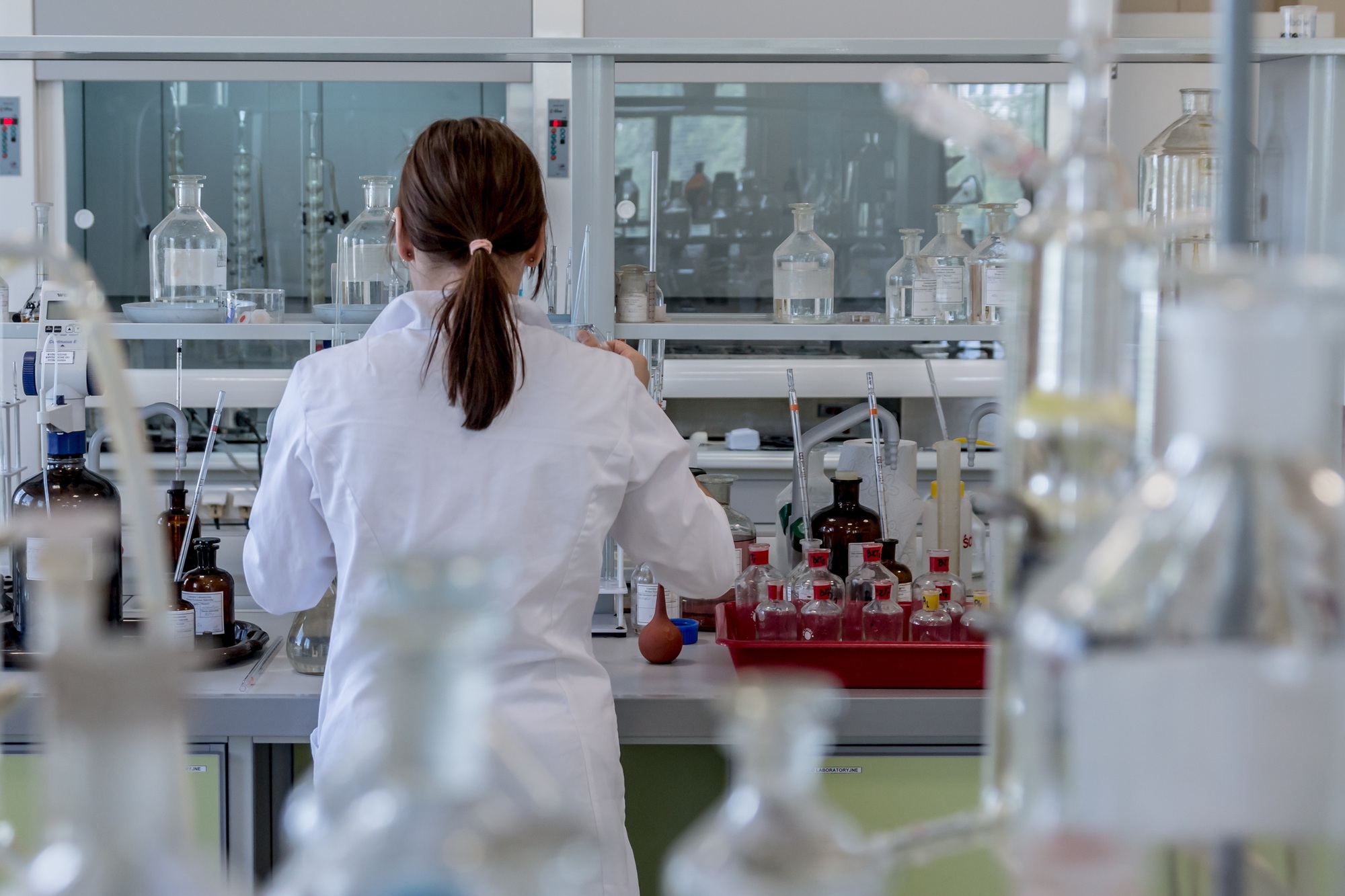
September 1, 2023
What Is a Differential Pressure Transmitter? A Complete Guide
Every second, a laboratory risks inaccurate results due to minor fluctuations in environmental conditions. Precision? It’s non-negotiable, especially when it comes to differential pressure. The differential pressure transmitter isn’t just another tool. It’s the linchpin ensuring your operations are flawless, results are accurate, and patient safety is uncompromised. Delving into this critical piece of equipment, you’ll
Read More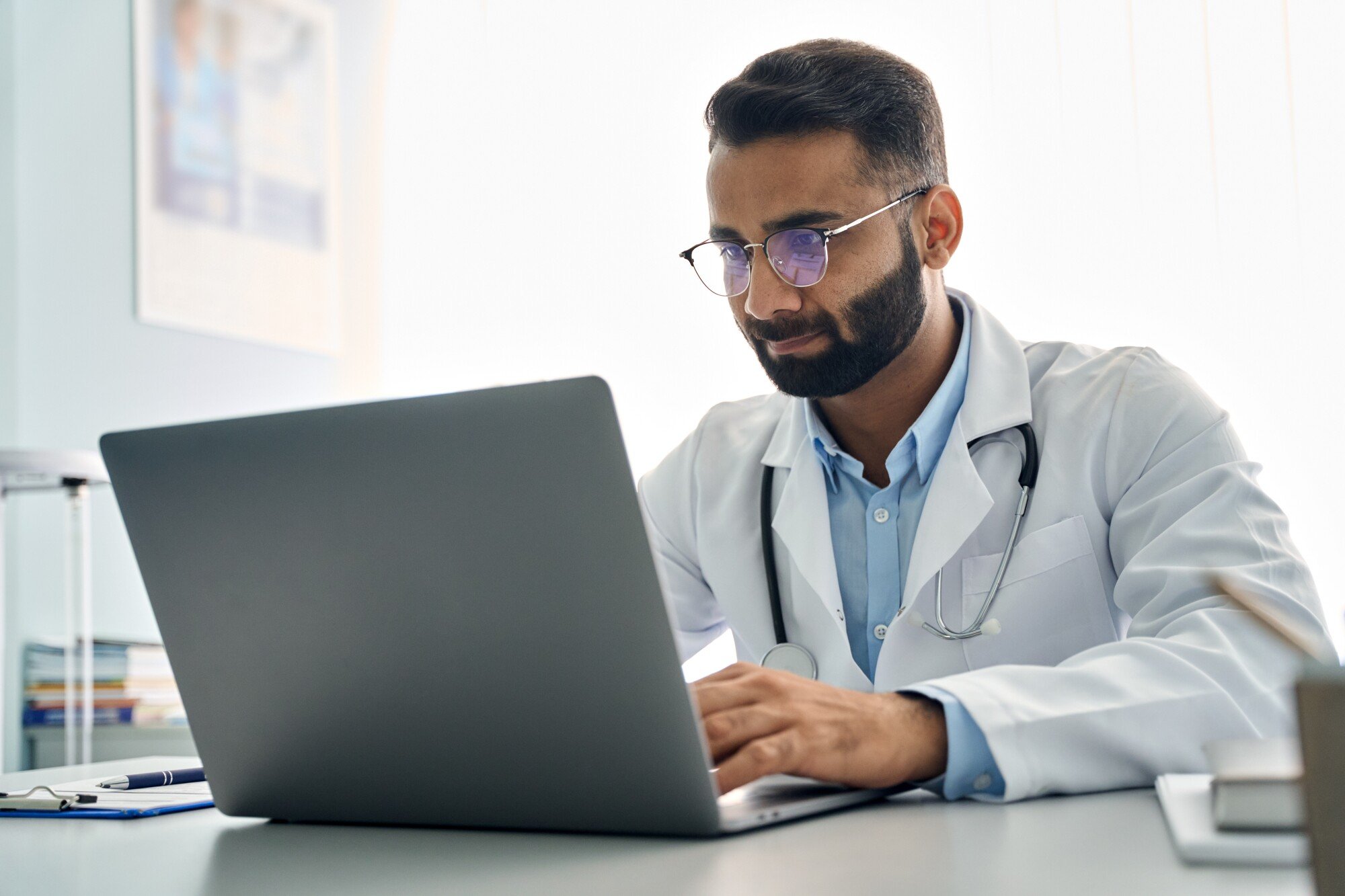
July 28, 2023
The Importance of Humidity Monitoring in the Healthcare Industry
Poor monitoring of humidity or temperature can cost some industries tens of billions every year as problems crop up. These are all avoidable losses, and in the world of healthcare could even lead to real dangers during the process of patient care. But what are these dangers, and what makes temperature and humidity monitoring so important? This
Read More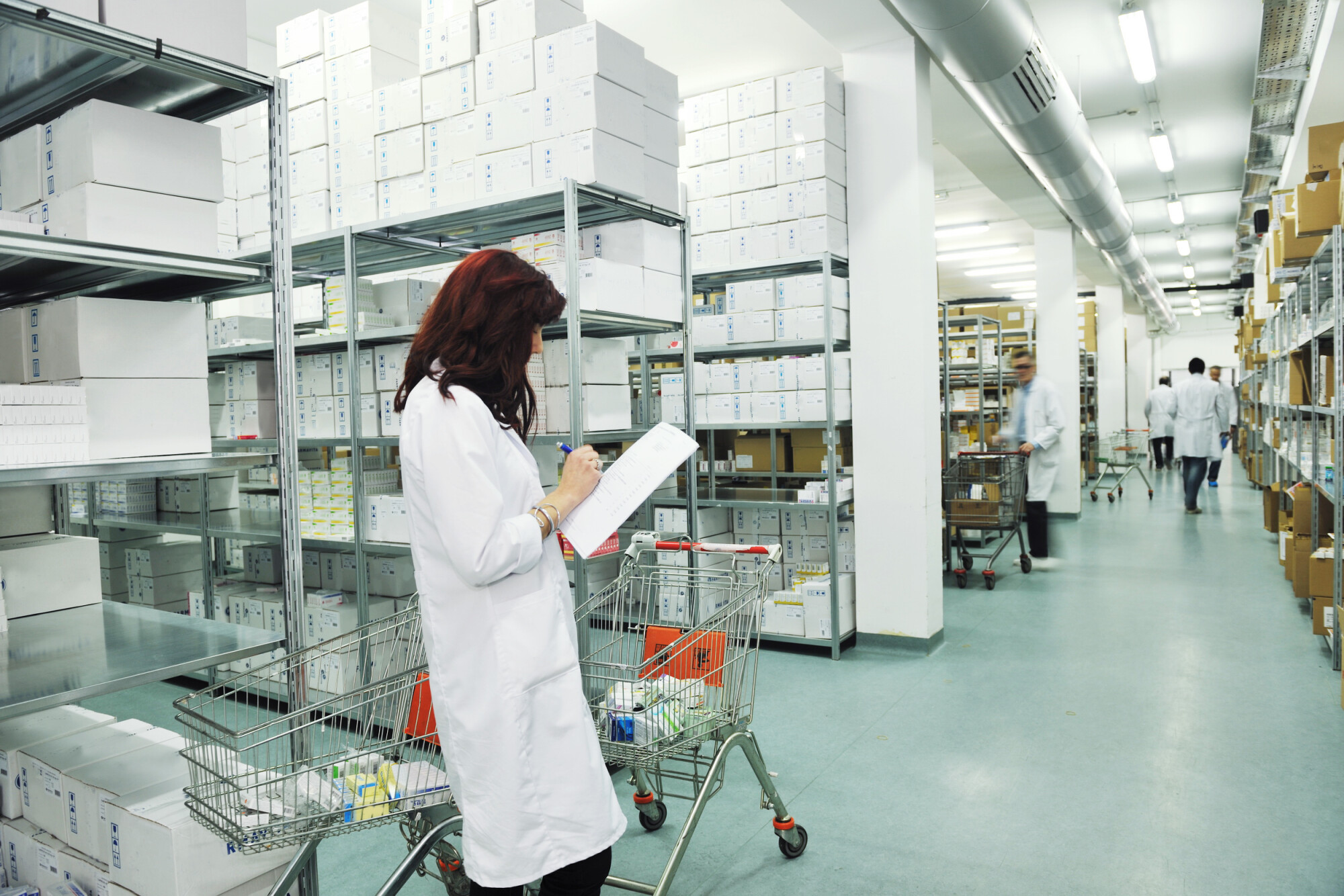
June 14, 2023
The Benefits of Long Range 900 MHZ Monitoring
Most medications need to be stored somewhere with a temperature between 59 to 77 degrees Fahrenheit. If this temperature fluctuates, then the medications could be damaged and not be useful anymore. Thankfully, there are ways that you can monitor the temperature with long-range 900 MHz monitoring. This system is actually the most efficient way to monitor
Read More
May 24, 2023
The Benefits of Real-Time Environmental Monitoring
Some industries lose tens of billions each year because they cannot watch or control the temperature in their stock. This is only one fraction of the problem as a whole, though, as environmental monitoring is useful across many industries. If you work in one of these, how can such technology help you have the best results and what other benefits
Read More